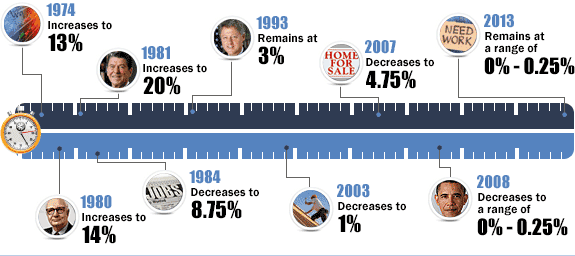How do money market accounts work_1
Post on: 3 Май, 2015 No Comment

by official on March 28, 2013
A money market account is a savings account with a difference, in that in return for larger scale deposits it offers a highly competitive rate of interest, sometimes called the real rate. A money market demand account or money market deposit account (MMDA), are exactly the same; however, money market funds are different, which is important to be aware of. Here is a quick guide to which is which and how each one works.
Money market accounts
As money market rates of interest are generally higher than regular rates, customers usually have to maintain a minimum balance in their account to benefit from the more attractive money market rates of interest. The minimum balance required may be up to $2,500, though it might well be much more. In addition, some banks or credit unions restrict the number of transactions allowed in any particular month; for example, setting the limit at three to six withdrawals or less.
How money market accounts work
Money market accounts usually attract a daily compound interest rate, which is paid monthly. This means the lender pays interest on the interest, as well as on the original sum. Interest rates can vary quite considerably; the more money held in a bank account, the higher they can be. In terms of convenience, it is always worth checking the extent to which a bank offers flexible access to money; for example, by check, debit card or online, alongside a high yield. Deposits in money market accounts are FDIC insured, which means the Federal Deposit Insurance Corporation will protect them in the event that a bank or credit union goes out of business, usually up to a limit of $250,000.
Money market funds

While a money market account is a form of savings account, a money market fund (MMF) is a mutual fund. Even though it is possible to invest in a MMF via a bank, a money market fund is not a bank account and therefore does not have FDIC protection. This is important, because an MMF can make investments in the short-term debt of the U.S. government and its agencies and in the short-term obligations of foreign and domestic banks and corporations. The level of risk is therefore greater than that of a money market account.
Short-term interest rates have been badly hit by the recession and while money market accounts might pay around 0.5 percent, on average, money market funds tend to scrape along at around 0.03 percent. Shares in MMFs are designed to be held stable at a value of $1, although prices slipped below this level in 2008. Every time an investor collects $1 in interest, another share is added to the funds. Regulations are being tightened to avoid any recurrence of share price slippage.
Which is best?
Money market funds tend to be convenient and can provide ready cash when needed, but they pay lower interest rates at times of financial uncertainty. At the moment, money market accounts are the clear choice for those seeking higher levels of safety and yield. Should interest rates start to rise, however, money market funds may well regain the upper hand and start paying higher rates than money market accounts, which they often did prior to the financial crisis.














